Back in time - SEAT's little ray of sunshine
/VW’s Spanish operation has delivered a chirpy, cost-effective, city-first crossover that’s hard to resist.
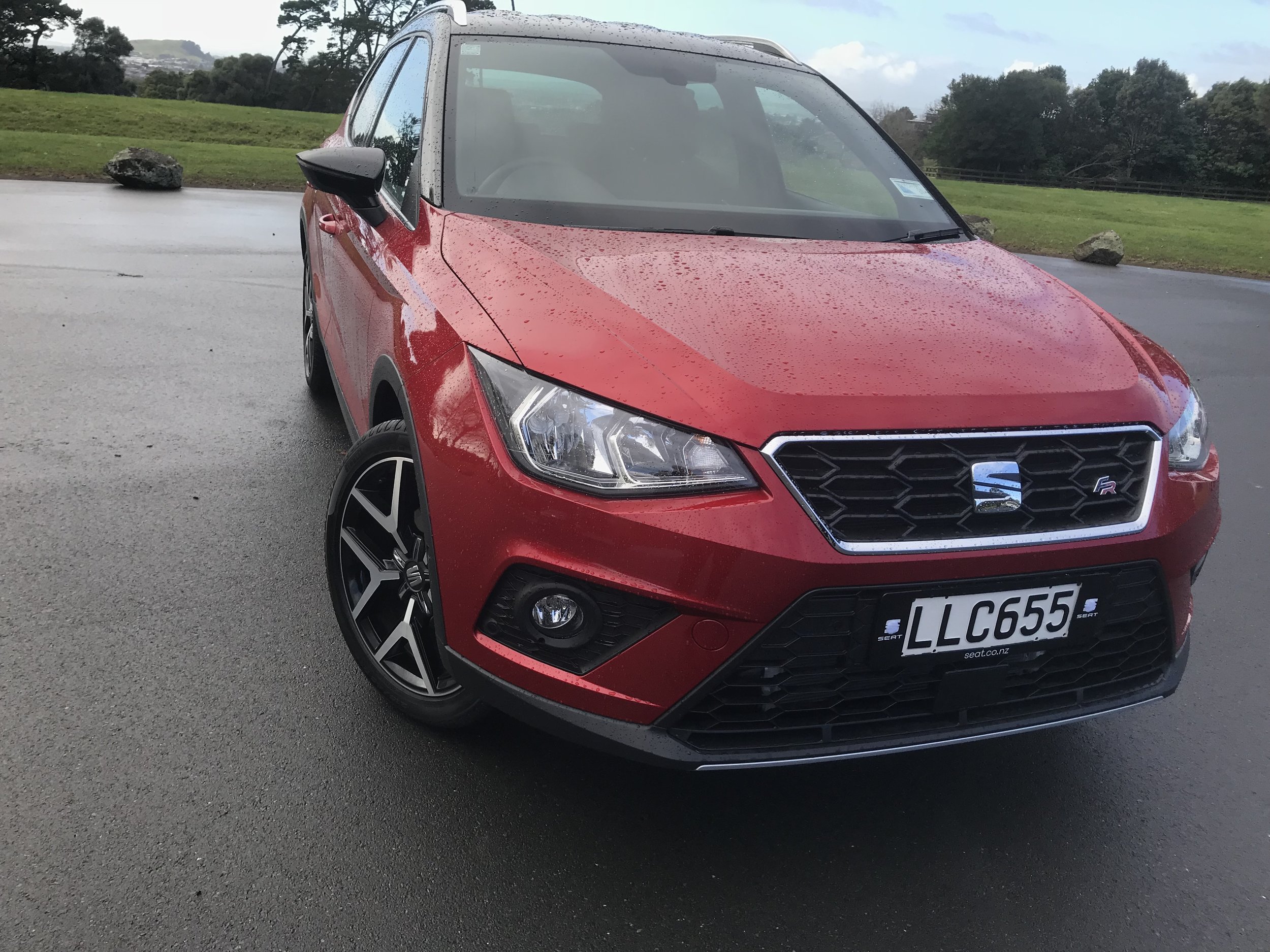
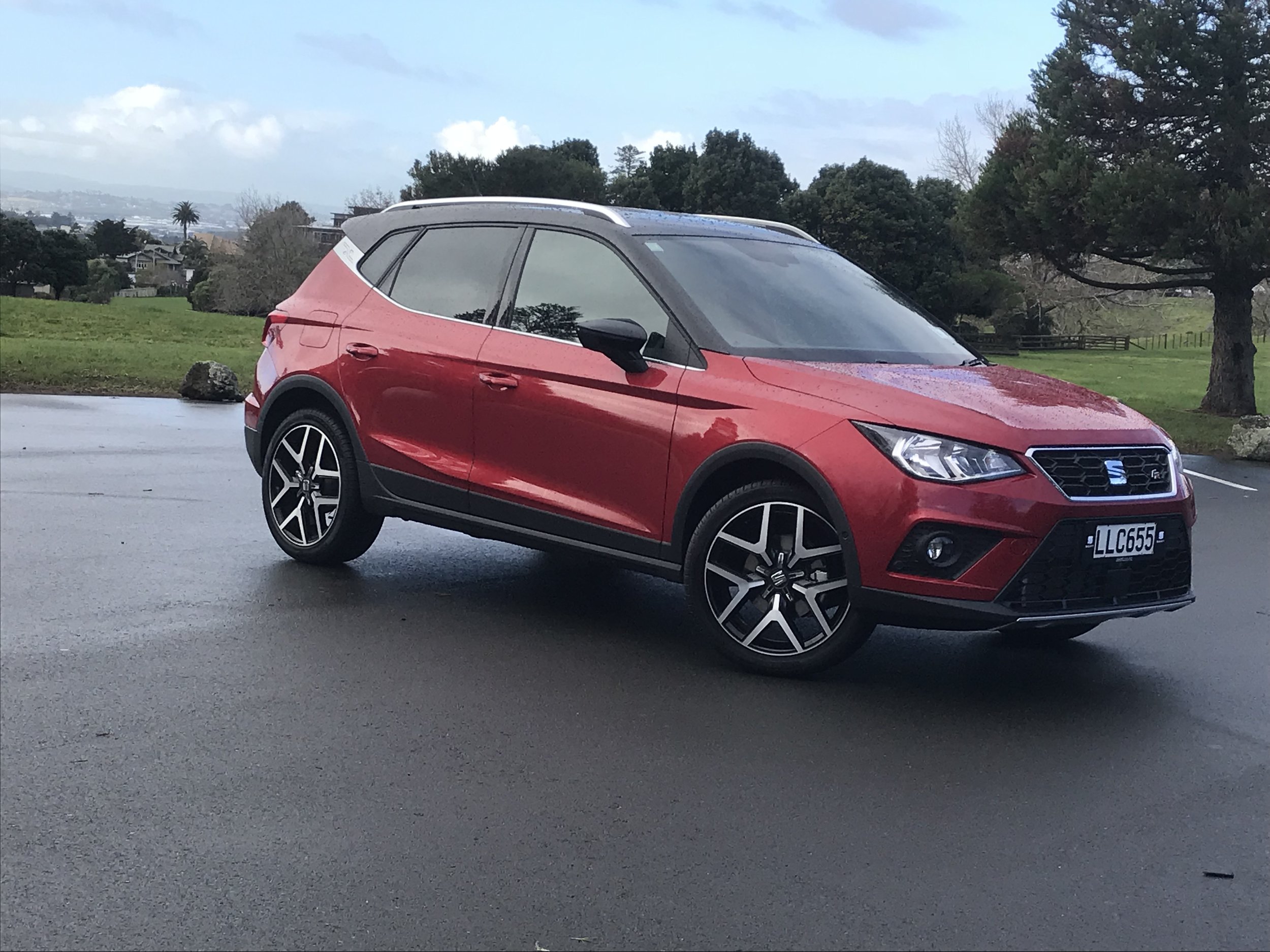
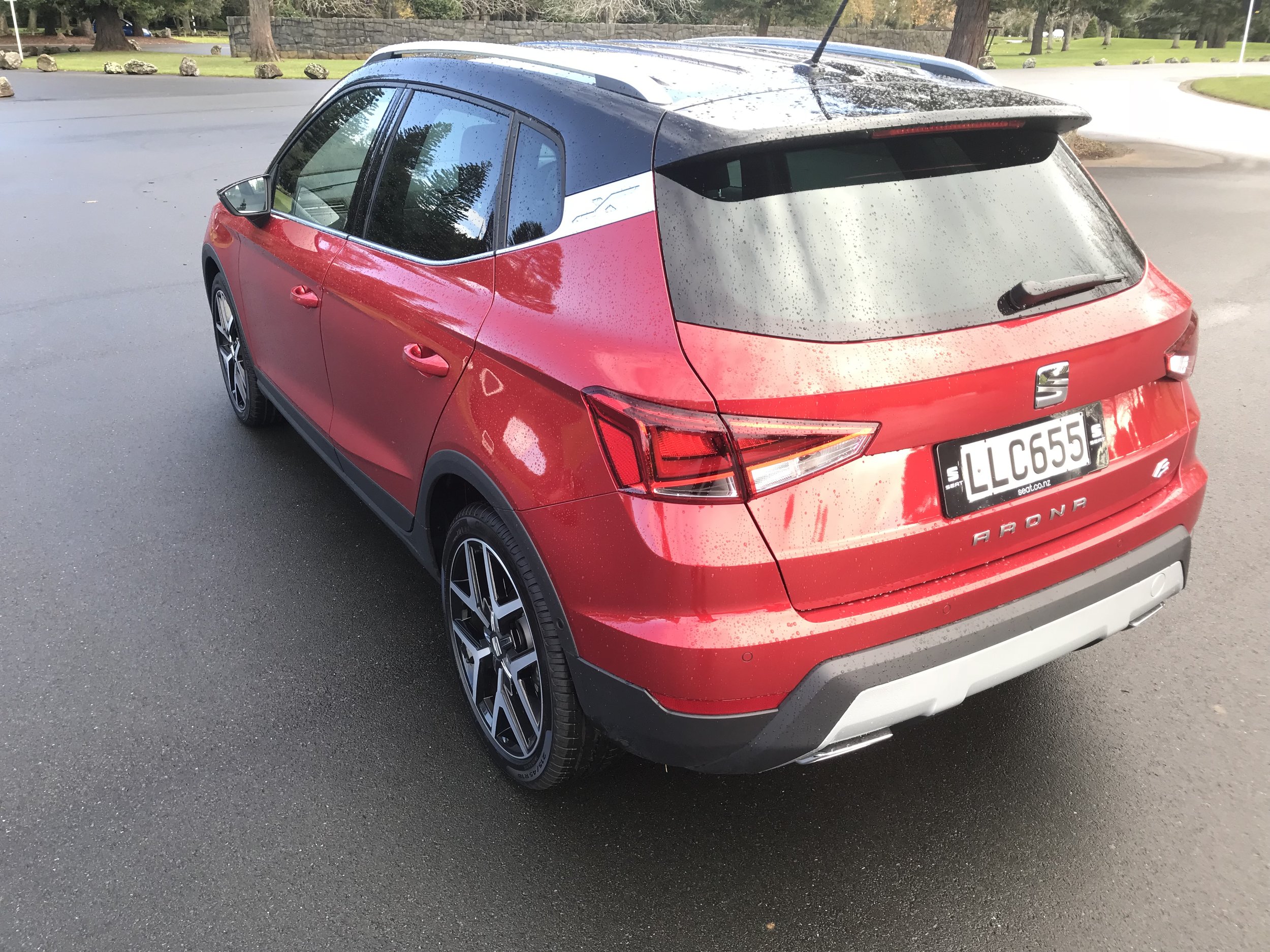
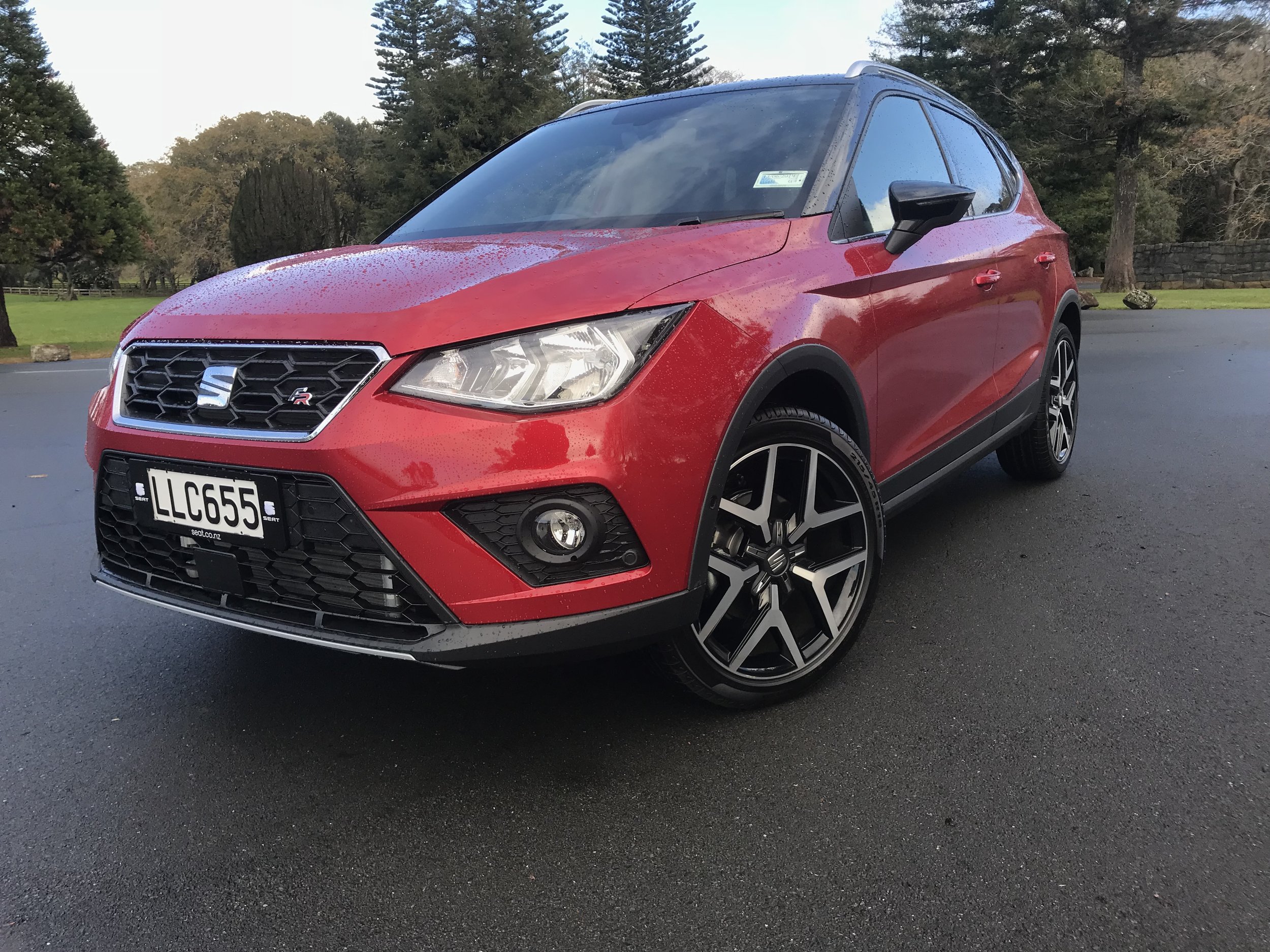
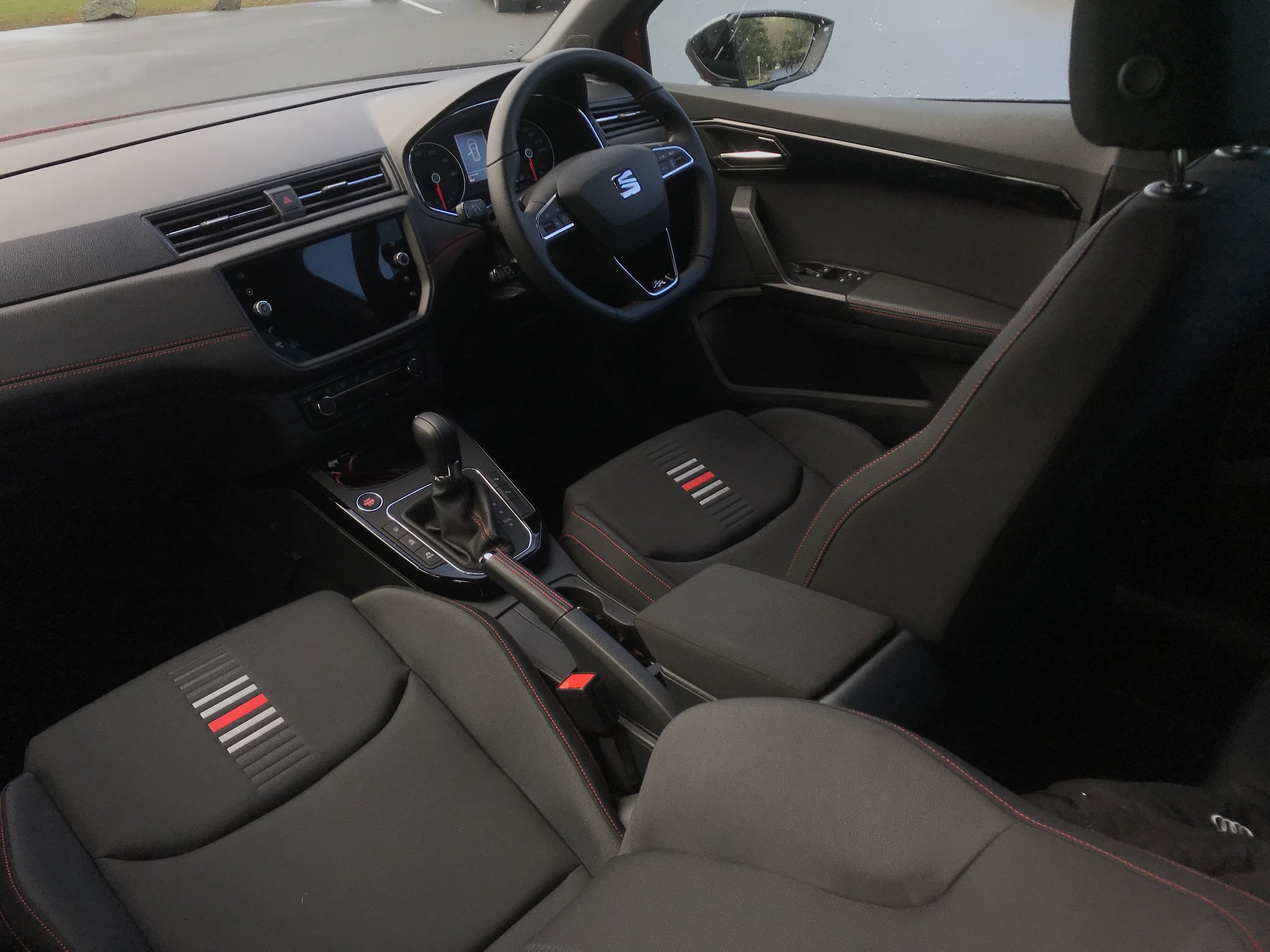

WHO’S in the market for a compact, modestly-powered crossover that, by being purely front-drive, trades more on trendy looks than actual all-terrain capability?
Looking around any cityscape these days reminds why that’s such a daft question.
We cannot get enough of crossovers that will never sully themselves mucking in.
The compact market’s continuing rise – 11,669 last year against 8690 in 2016 and 6242 the year before that (and 1061 in 2010) – means the streets are flooding with Hyundai Konas, Mazda CX3s, Mitsubishi ASXs, Toyota CH-Rs and so many more; all cars just like the SEAT Arona, all being used primary as street sharp runabouts. So, it should fit right in.
Actually, given the way SUVs are dominating the market, it’s likely this model and its lookalike big brother, the Ateca, could command 80 percent of all SEAT sales in NZ. Even now, the Ateca is taking 50 percent of all share; the rest going to a variety of orthodox passenger cars.
That’s positive progress indeed for the brand that has only been in the market for six months and, in that time, has not only introduced a dealer presence and support network but also all the cars sent into the brand’s biggest right-hand drive market, the United Kingdom. A process that took six years.
Big news? Well, yes, but this is still one conquistador you might struggle to see.
The Volkswagen Group’s Spanish subsidiary knows it is a brand that most Kiwis are utterly unfamiliar with. To point where, boss James Yates smilingly confesses, some people wandering into the Newmarket dealership above which his headquarters is located have honestly thought they were nosing around product from the other well-known brand with a big ‘S’ on the nose (mis-identifying the Ateca as a new Vitara).
That’s one restriction to creating a national identity. The other is there’s just one actual sales outlet – in Auckland, of course – and two service centres, these being VW dealerships in Christchurch and Wellington.
Still, from small acorns and all that. All credit to SEAT NZ; it’s growth to date has been impressively decent. Eighty sales achieved this year puts it ahead of Infiniti and not too far behind Renault. And while most of those vehicles have gone to Aucklanders, cars have also found homes south of the Bombays - in Tauranga, Christchurch, Wellington and Nelson.
SEAT’s expansion, and credibility, is sure to elevate all the more; in 2019 the Cupra nametag that presently attaches to a couple of hot hatches will develop into its own sporting entity: That means racy editions of basically everything, the SUVs included. Also, the brand has its equivalent of the impending new-gen VW Touareg (and, really, the Audi Q7) on sale then, too. An interesting twist about the Tarraco is that it’ll present purely with petrol engines.
For the here and now, the charge is led by the medium Ateca, which has been here since late last year and shares all but styling with the VW Tiguan and Skoda Kodiaq, with the smaller same-look sibling running hot on its heels.
One clarification about the Arona. Yes, it uses plenty of VW bits. And, yes, it and Audi’s Q2 roll off a common production line in Martorell, near Barcelona. But that doesn’t make two models in very different pricing and status zones sister models. The platforms are different, Arona being on an underpinning specifically created for SEAT and used first by the Ibiza small hatch.
It’s true, though, that Arona is expected to achieve success as a hatchback alternate and small family and couples’ runabout, the very role that the Q2 has very successfully slipped into.
While there’s visual pizzazz from a shape that makes an immediate, positive impact - functionality is more of a fundamental focus. That and maintaining decent separation from the Ateca. Hence why SEAT here has cherry-picked from five variants and four engine choices to settle on just a $29,900 Style and a FR which, while carrying a $4000 premium, is still slotting $6000 below the least expensive version of its big brother.
Both Aronas cement their baby status by limiting to a EU6-rated 999cc three-cylinder turbopetrol engine, used by Volkswagen in the Polo. Driving through a seven-speed direct shift transmission and creating 85kW at 5000-5500rpm and 200Nm at 2000-3500rpm in this installation, it’s the smallest powertrain available with the car, but also the most efficient (fuel economy is 5.0-litres per 100km) and, regardless of its teensy capacity still one of the zestier choices, with 0-100kmh taking 10 seconds. The diminutive capacity does restrict the towing capacity - 600kg unbraked, 1200kg braked – if that matters. Likely as not, it won’t.
Is it a hatchback dressing up as a SUV or a SUV out to emulate a road-restricted hatchback’s role? A bit of both, really. Though an ‘X’ motif on the bodywork at the point where the roof comes down behind the rear door is part of the look, SEAT is adamant this car will never present in four-wheel-drive, as Ateca does, nor even take any technology, like a grip control, to facilitate off-seal driving.
The maker’s focus primarily imagines urban use. The hope is to attract buyers from not only the supermini class but also from among those who fancy a slightly higher driving position and a style-focused approach over a run-of-the-mill hatchback.
As such, the Arona gets plenty of equipment as standard and every key item has been included into the NZ specification.
Comfort features across both include an eight-inch media system with Apple CarPlay and Android Auto, a driver’s display with trip computer, front fog lamps with cornering function, heated wing mirrors, dual zone air con, auto dimming rear mirror, black roof rails and a leather steering wheel with integrated audio and phone controls.
FR purchasers buy into a slightly sportier look, adaptive cruise and keyless entry and start, blind spot detection with rear traffic alert, LED daytime running lights, tiredness recognition, gearchange paddles on the steering wheel, chrome roof rails and, curiously, a height adjustable front passenger seat.
Options include a Beats stereo upgrade (or you could await a special full-out Beats edition coming next year), a connectivity box including wireless charging pad, full LED headlamps, more colourful trims, extra brightwork and opportunity to jazz up the exterior colours, including an exclusive paint, Desire Red. All provision for relatively modest extra outlay. You can also swap off the standard rims – 16s for Style, 17s with FR – for any one of three 18-inch designs, with 215/45 performance rubber to suit, an upgrade that pushed the sticker on the FR I drove to $35,680.
No leather, though; cloth seats are the go, though FR gets a more flamboyant look for its heavier bolstered sports front chairs. Nor is there a head-up display option, as per the Kona.
On the safety side, a five-star NCAP score is warranted by it having, in addition to all the usual aides, front assist including city emergency braking. Other driver helps include park assist, including auto parking functionality, tyre pressure monitoring, front and rear parking radar and rain and light sensors.
The kit content will surely hold it in good stead with the opposition; there are plenty of rivals – apart from those already listed, these also being the Nissan Juke, Kia Soul, SsangYong Tivoli, Honda HR-V, Suzuki Vitara, Peugeot 2008, Haval H2 and Mini Countryman – that offer less, even when costing significantly more. But, assuredly, it won’t simply be gauged on this alone.
Size also comes into it. SEAT’s own evaluation suggests that at 4138mm long, 1780mm wide and 1552mm high, it’s in the bottom third for physical dimension. What saves it from being a midget is the wheelbase, decent at 2566mm. That’s enough for it have a relatively roomy cabin, just enough for four adults if everyone shows consideration. The boot space is compact at 400 litres, rising to 823 when both parts of the 60/40 split rear sat is lowered, but you do at least get a double boot floor and the aperture is reasonably wide. So it’s cosy, but liveable.
The driving is pretty much to formula, too. VW formula, mainly, which shows in particular with the ride quality. It’s not without any yield, but the Euro bent for firmness certainly shows through with the FR (which, admittedly, is cited as the sporty one) and possibly enhances just a bit more when the car is riding, as ours was, on those optional 18-inch rims.
However, it drove with confidence on rain-slick rural roads between Auckland city and Matakana, delivering decent balance and good steering and braking feel. Yes, as is typical of its kind, the Arona is set up to understeer if you get too enthusiastic in cornering. But, for the most part, the body is well enough controlled.
The engine is a delight. No absolute outright powerhouse, of course, so it needs to be worked to deliver, but that’s no great hassle because it revs freely and willingly. There’s enough oomph to maintain something approaching brisk progress when you need to and the DSG is easy to operate. And, as is typical of wee three-pots, it sounds pretty decent, too.
So it’s funky to drive and to look at, too. There is a touch too much conservatism to the interior. The trim hues are just a bit dull and, though likely to be hard-wearing, the textured plastics just aren’t quite as expensive-looking as those in VW and Skoda product. And those who like utterly conventional instrumentation are going to be utterly satisfied. Still, there’s a good a good solidity to the controls and switchgear.
Still, this first meeting left strong impression that the Arona is good enough to be worth seeking out. For sure, the FR chassis is perhaps a bit less comfort-orientated than is usual in this class - the Style, which we didn’t get a go in, is said to offer a more relaxed balance of ride comfort and body control. Not that dynamics necessarily need to be top of the list of considerations given it’s remit is to more a scamp around town than a first-up choice for extended open road driving. Frankly, if you’re going to head for the high speed zones with frequency, the ‘bigger-everything’ Ateca is straightaway a better choice.
This is a category in which there is a mass of choice and the odds are stacked against SEAT’s wee bauble threatening the big volume players. Even so, it deserves consideration on the strength of being a well-priced, smart-looking and strongly-equipped alternate that offers a refreshing change of pace among urban-configured, outdoorsy look runabouts.
One plus point for SEAT is that the playground is clear of any other equivalent pint-sized VW Group product, at least until Volkswagen’s T-Roc lands next year. Even then, that model seems likely to present in more upmarket configuration.
In the interim, the Arona reinforces that SEAT can join Skoda in providing VW engineering and equipment at an extremely competitive price level.















